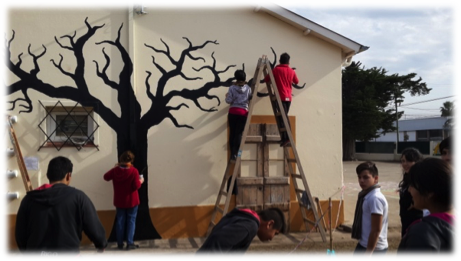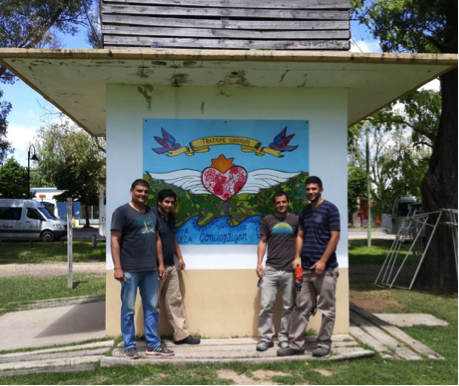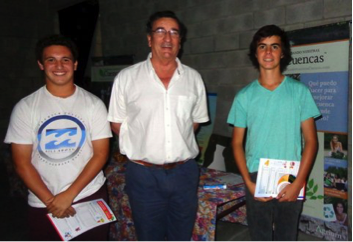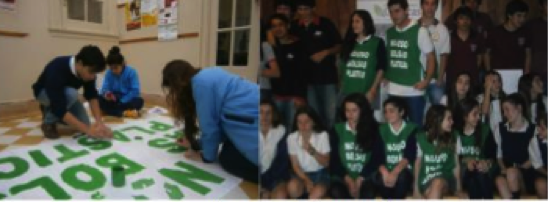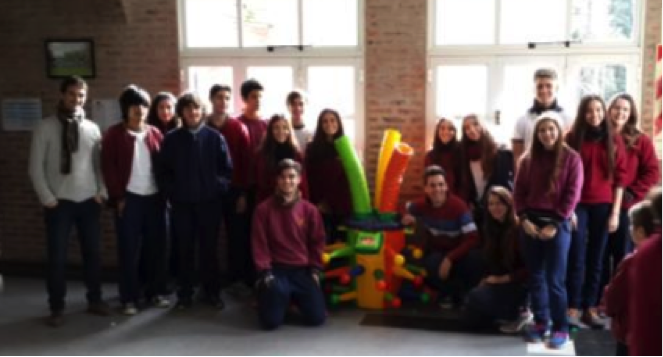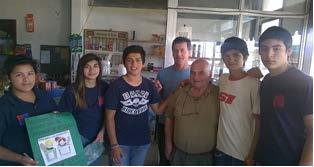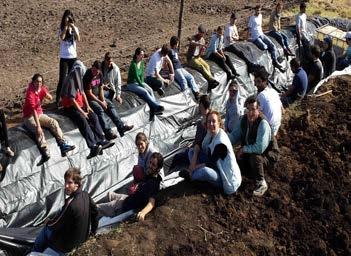2014 Forestburg, Alberta, Canada
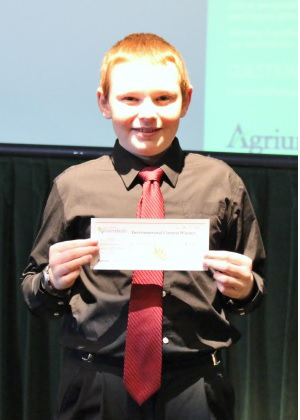
Isaac Boddy entered the central Alberta CFW contest as a homeschooler and member of the Forestburg Golden Prairie 4H Club. his older sister Maven had been involved in the contest in 2013 so Isaac was ready and willing to take on the project, and see it through to its completion.
Isaac wanted to plant a variety of flowers that butterlies, moths and hummingbirds like with overlapping bloom periods creating a food source from spring lasting to fall. The garden would also provide a place for butterlies and moths to lay their eggs and will also be a beautiful garden for Forestburg residents to visit and enjoy.
Project partners include: the Forestburg Historical Society who donated the land for the garden. 4-H Canada provided $100 for seeds, and the local Golden Prairie 4-H club provided food for the planting day. Communities in Bloom also supported the project by having their summer student in Forestburg help water the garden. Local community members also supported Isaac by donating split rails and posts to make the garden.
A selection of native plants were planted in the garden including:
- Black Eyed Susan
- Butterfly weed
- Corn Poppy
- Blanket Flower
- Lemon Mint
- Partridge Pea
- Purple Coneflower
- Wild Bergamot
Isaac hopes that his project will have other positive effects on top of providing habitat and food for pollinators. By having his 4-H club involved he will be helping them connect to nature and understand the importance of pollinators while learning about plants and spending time outside. Forestburg community members will also benefit from the garden including the natural beauty and increased pollinators
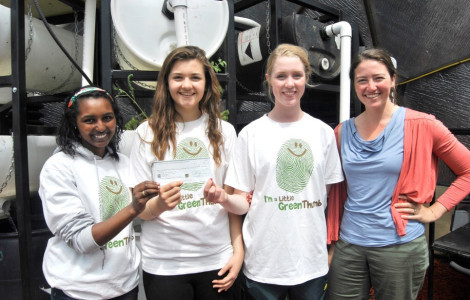
 Rain barrels are designed to collect water, but one distinctive rain barrel designed by students at Daysland School in central Alberta is garnering just as much attention as it is water.
Rain barrels are designed to collect water, but one distinctive rain barrel designed by students at Daysland School in central Alberta is garnering just as much attention as it is water.